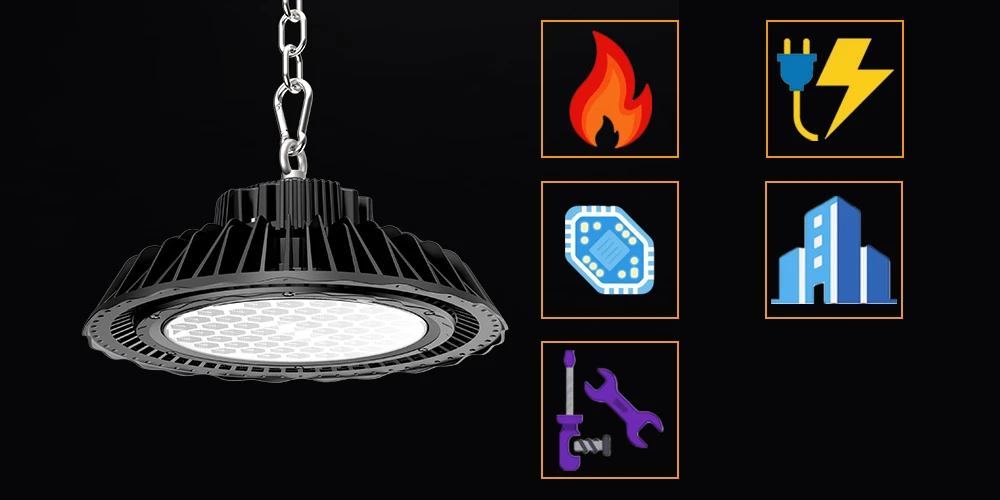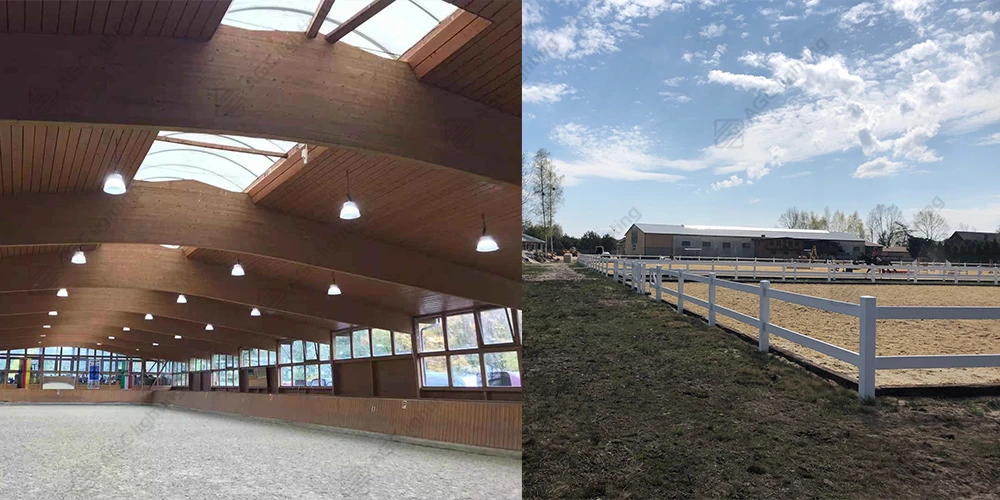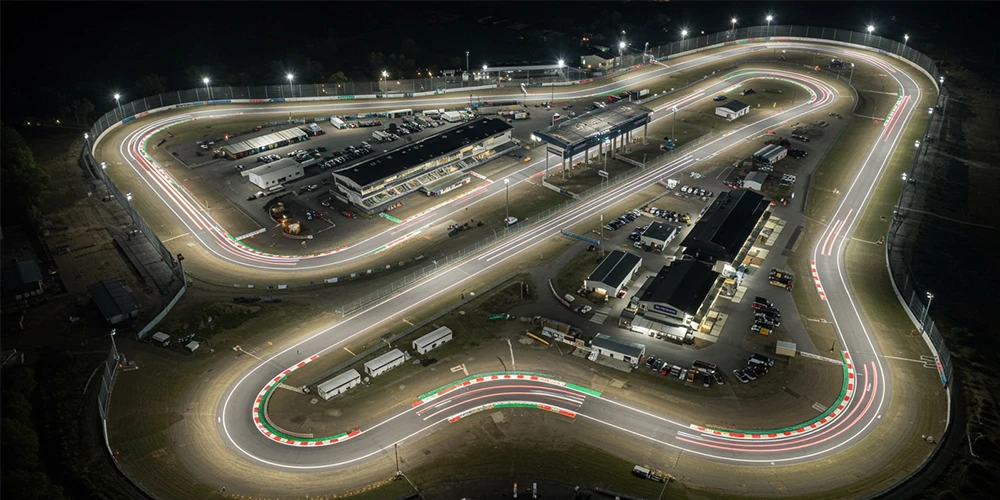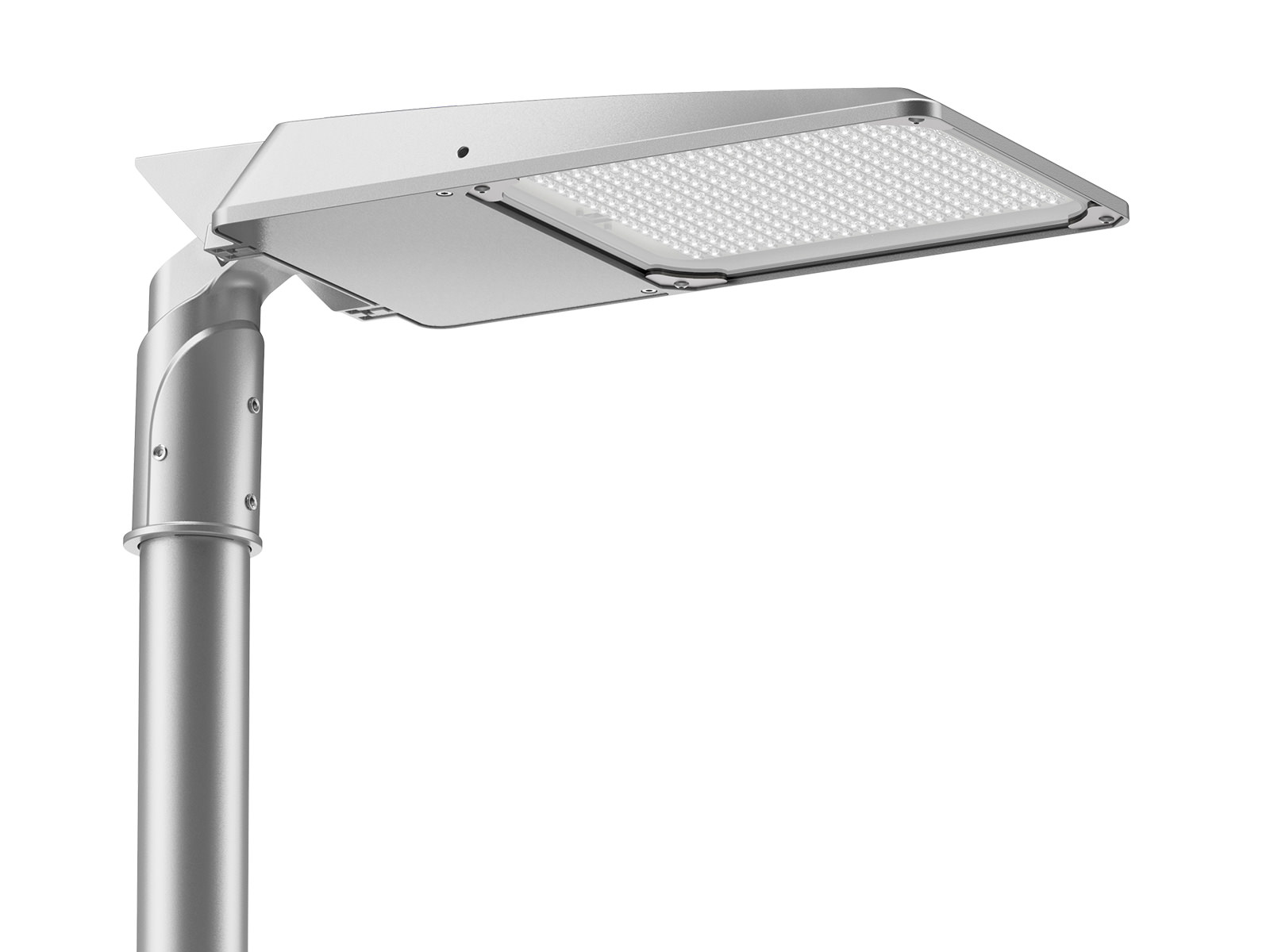The application of dual Zhaga bases typically involves the utilization of two Zhaga sockets on a single lighting fixture or luminaire. In many cases, this configuration is employed in outdoor lighting systems, such as streetlights (eg. ST36 with 2 Zhagas) or area lights.
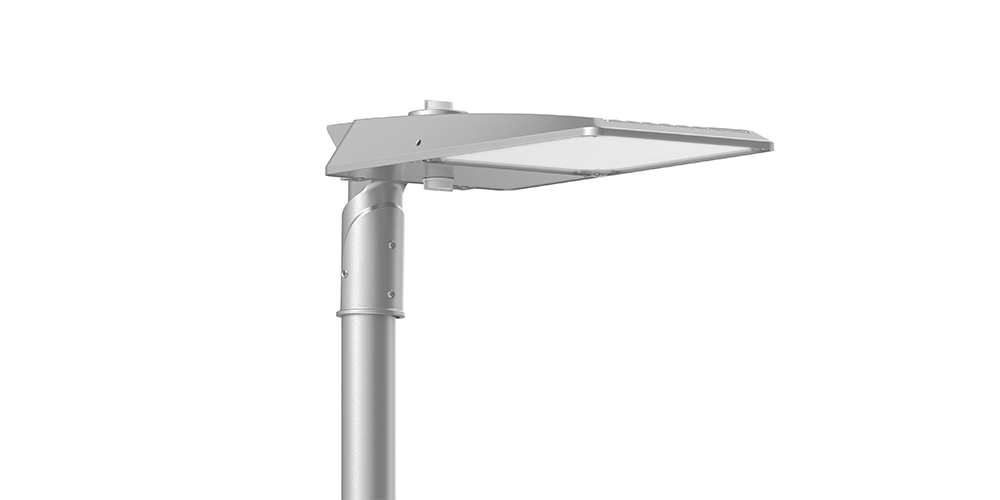
The top Zhaga base is commonly designated for the attachment of control devices or modules, often including DALI controllers or other smart control systems. These control devices enable functions such as dimming, scheduling, and remote monitoring, and they may also facilitate connectivity features like networking protocols (e.g., Wi-Fi, Bluetooth, Zigbee).
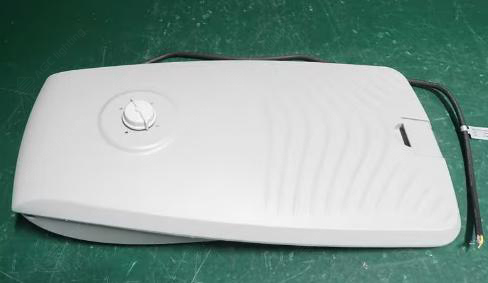
On the other hand, the bottom Zhaga base is typically reserved for sensor integration. Sensors such as passive infrared (PIR) or microwave sensors are commonly installed in this socket. These sensors enable the luminaire to detect motion, occupancy, or other environmental conditions, allowing for adaptive lighting control strategies such as dimming or switching based on detected activity or ambient light levels.
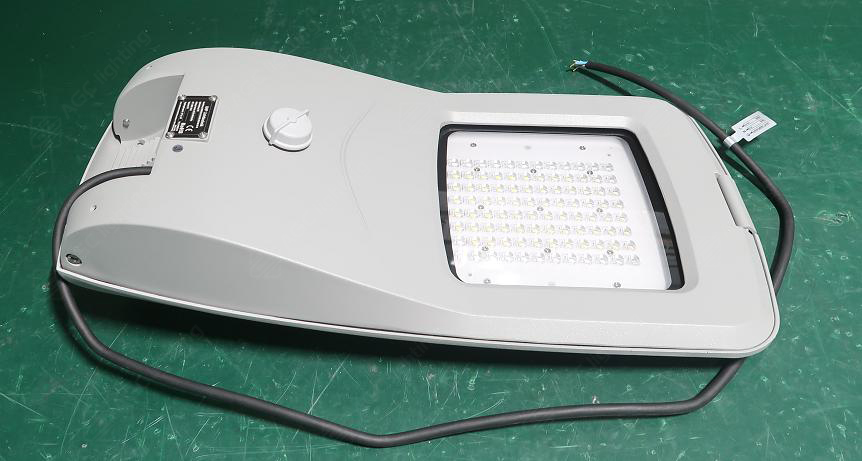
This dual Zhaga configuration provides a modular and adaptable approach to outdoor lighting, allowing for the integration of advanced control and sensing capabilities while maintaining interoperability and ease of installation through adherence to Zhaga standards.
The Zhaga Consortium has established standards for interoperability between LED lighting components, including light engines, LED modules, and LED drivers. One of the reasons for having multiple Zhaga bases is to accommodate different form factors, installation requirements, and applications.
Here are some reasons why there might be multiple Zhaga bases for LED lights:
1. Variety of Applications: Different applications require different form factors and functionalities. For example, outdoor lighting may require a robust, weather-resistant base, while indoor lighting might prioritize compactness and ease of installation.
2. Flexibility in Design: Having multiple Zhaga bases allows lighting manufacturers to design products that can be easily integrated into various fixtures and systems. This flexibility encourages innovation and customization in lighting solutions.
3. Compatibility: By adhering to Zhaga standards, manufacturers ensure that their products are compatible with components from other manufacturers. This interoperability is crucial for the widespread adoption of LED lighting technology and facilitates easier upgrades and replacements.
4. Market Demand: The market demand for LED lighting is diverse, with different regions and industries having specific requirements and preferences. Offering multiple Zhaga bases allows manufacturers to cater to these varied demands more effectively.
5. Future-Proofing: As LED lighting technology continues to evolve, new standards and requirements may emerge. Having multiple Zhaga bases allows for adaptability to future changes in technology and market needs.
Overall, having multiple Zhaga bases for LED lights provides versatility, compatibility, and future-proofing, ensuring that LED lighting solutions can meet the diverse needs of users and the evolving demands of the market.
If you have similar requirements, welcome inquiry.




